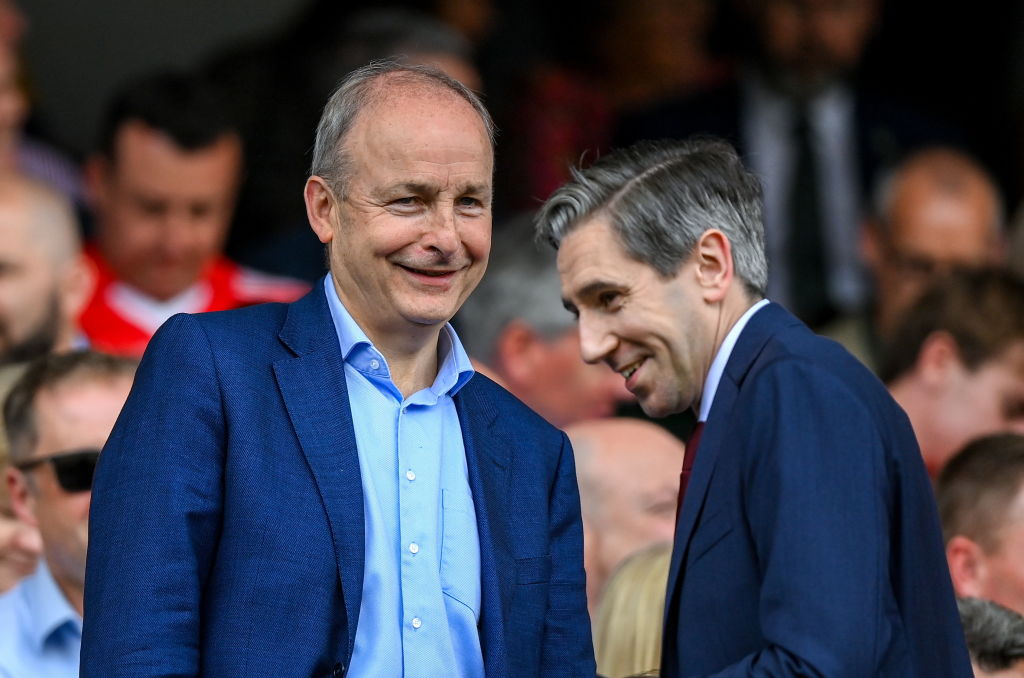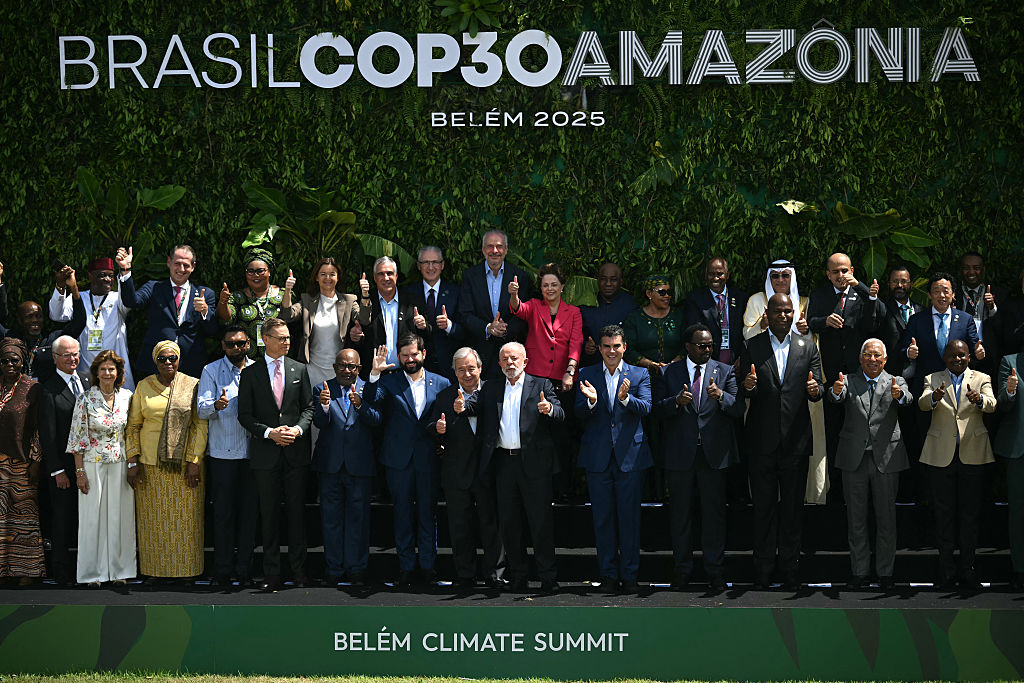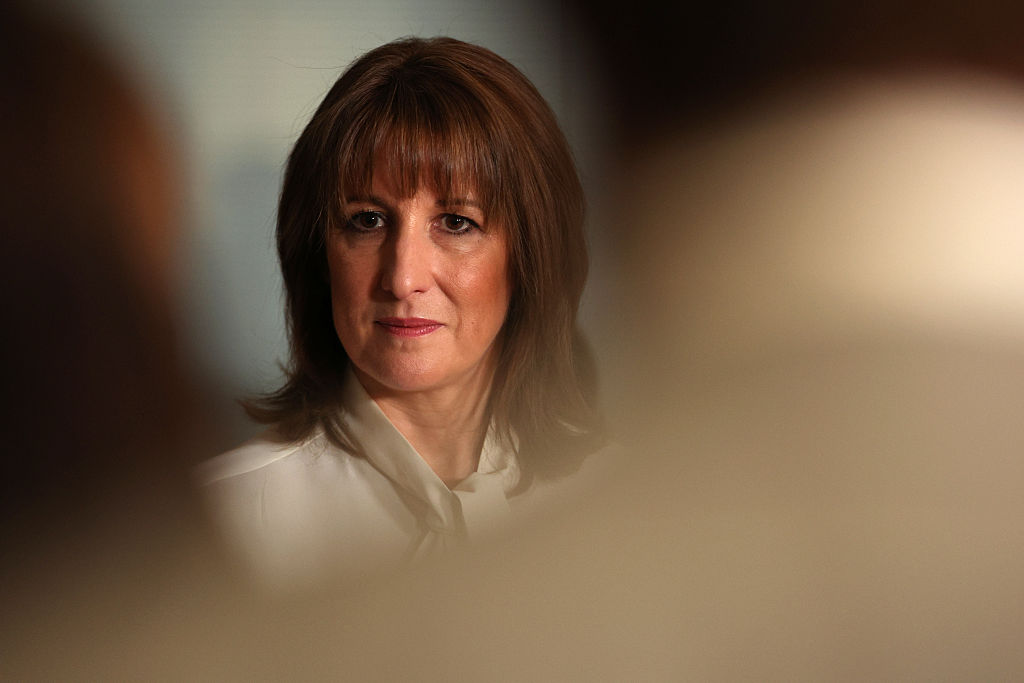Ireland elections: what happens next?
Ireland's election results seemed strangely familiar, as the two main incumbent parties retained power.


Ireland’s political landscape after 29 November's general election looked “strangely familiar”, says Fintan O’Toole in The Guardian.
Familiar, because the two main incumbent parties, Micheál Martin’s Fianna Fail and Simon Harris’s Fine Gael, received almost exactly the same combined share of the vote as they did in 2020, and will therefore continue to govern.
Strange most obviously because Irish voters have “bucked the trend” in this “global year of elections” by failing to give the incumbents a “good kicking”. But also strange, because given that Ireland is enjoying full employment, overflowing public coffers and a booming export-led economy, the endorsement was “lukewarm”. As recently as 2007, the “twins’” combined share of the vote was 70%. It is now 43%.
MoneyWeek
Subscribe to MoneyWeek today and get your first six magazine issues absolutely FREE

Sign up to Money Morning
Don't miss the latest investment and personal finances news, market analysis, plus money-saving tips with our free twice-daily newsletter
Don't miss the latest investment and personal finances news, market analysis, plus money-saving tips with our free twice-daily newsletter
Their declining popularity is not, as one might expect, due to a rise in the fortunes of the main opposition party, Sinn Fein, which was, in fact, the “biggest loser”. Its vote share fell from 25% to 20%, partly because support “leached” away to right-wing candidates exploiting anti-immigrant sentiment among voters, and partly because of “internal scandals” that have made the party look “at best incompetent, and at worst cynical”.
What's next for Ireland's political landscape?
So what next? Fianna Fail and Fine Gael have a combined 86 seats, just two short of the 88 needed to secure a majority in the Dail. They could either do a deal with Labour or the Social Democrats – 11 seats each – or with the right-wing party Independent Ireland, which has four, says the BBC's Enda McClafferty.
Another option would be to turn to some of the 16 independents, but that “could mean a less stable coalition” as they would be “more likely to revolt on specific issues”, notes The Guardian’s Lisa O’Carroll. The front runner to be the next taoiseach (prime minister) is Martin, but at this stage, nothing “can be ruled out, as weeks, if not months” of political talks are on the cards.
This article was first published in MoneyWeek's magazine. Enjoy exclusive early access to news, opinion and analysis from our team of financial experts with a MoneyWeek subscription.
Get the latest financial news, insights and expert analysis from our award-winning MoneyWeek team, to help you understand what really matters when it comes to your finances.

Emily has worked as a journalist for more than thirty years and was formerly Assistant Editor of MoneyWeek, which she helped launch in 2000. Prior to this, she was Deputy Features Editor of The Times and a Commissioning Editor for The Independent on Sunday and The Daily Telegraph. She has written for most of the national newspapers including The Times, the Daily and Sunday Telegraph, The Evening Standard and The Daily Mail, She interviewed celebrities weekly for The Sunday Telegraph and wrote a regular column for The Evening Standard. As Political Editor of MoneyWeek, Emily has covered subjects from Brexit to the Gaza war.
Aside from her writing, Emily trained as Nutritional Therapist following her son's diagnosis with Type 1 diabetes in 2011 and now works as a practitioner for Nature Doc, offering one-to-one consultations and running workshops in Oxfordshire.
-
 Renewable energy funds are stuck between a ROC and a hard place
Renewable energy funds are stuck between a ROC and a hard placeRenewable energy funds were hit hard by the government’s subsidy changes, but they have only themselves to blame for their failure to build trust with investors
-
 The war dividend – how to invest in defence stocks as the world arms up
The war dividend – how to invest in defence stocks as the world arms upWestern governments are back on a war footing. Investors should be prepared, too, says Jamie Ward
-
 Did COP30 achieve anything to tackle climate change?
Did COP30 achieve anything to tackle climate change?The COP30 summit was a failure. But the world is going green regardless, says Simon Wilson
-
 Rachel Reeves's punishing rise in business rates will crush the British economy
Rachel Reeves's punishing rise in business rates will crush the British economyOpinion By piling more and more stealth taxes onto businesses, the government is repeating exactly the same mistake of its first Budget, says Matthew Lynn
-
 Leading European companies offer long-term growth prospects
Leading European companies offer long-term growth prospectsOpinion Alexander Darwall, lead portfolio manager, European Opportunities Trust, picks three European companies where he'd put his money
-
 How to capitalise on the pessimism around Britain's stock market
How to capitalise on the pessimism around Britain's stock marketOpinion There was little in the Budget to prop up Britain's stock market, but opportunities are hiding in plain sight. Investors should take advantage while they can
-
 London claims victory in the Brexit wars
London claims victory in the Brexit warsOpinion JPMorgan Chase's decision to build a new headquarters in London is a huge vote of confidence and a sign that the City will remain Europe's key financial hub
-
 Reinventing the high street – how to invest in the retailers driving the change
Reinventing the high street – how to invest in the retailers driving the changeThe high street brands that can make shopping and leisure an enjoyable experience will thrive, says Maryam Cockar

